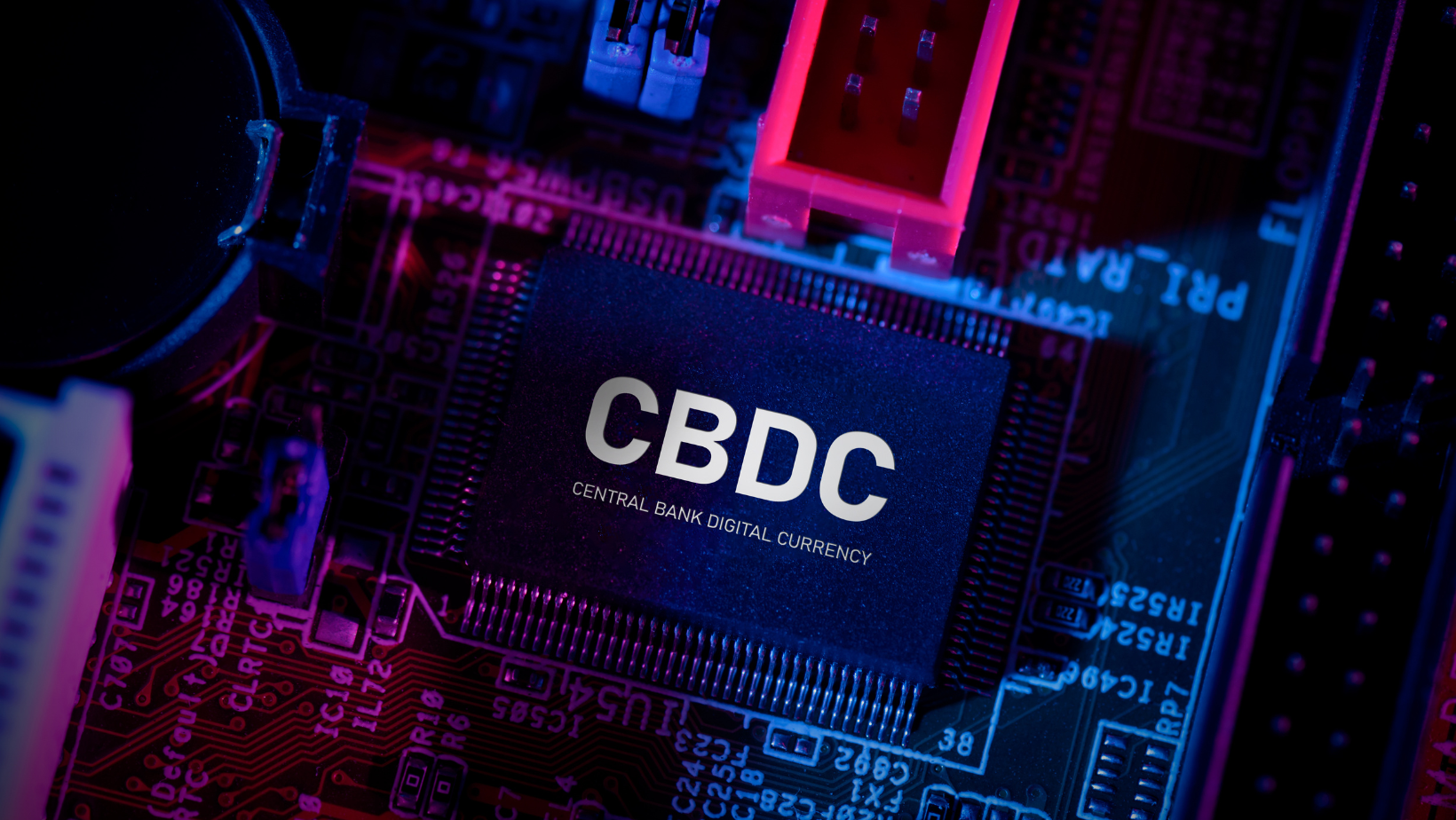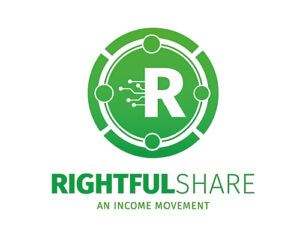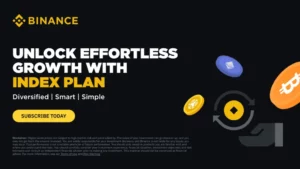
- Account-based CBDCs would involve households and businesses holding retail checking accounts directly with the Federal Reserve
- A token-based CBDC model would see households and businesses holding digital Federal Reserve liabilities in digital wallets, similar to Bitcoin or Tether
- The Digital Dollar Project aims to provide a new choice for digital transactions, enabling instantaneous peer-to-peer and in-person payments with potentially lower costs
In the realm of central bank digital currencies (CBDCs), the debate revolves around two fundamental approaches: account-based and token-based systems. Historically, much discussion has centered on account-based CBDCs, which entail households and businesses maintaining retail checking accounts directly with the Federal Reserve. However, a token-based CBDC proposal has recently emerged through the Digital Dollar Project, offering a fresh perspective. The viability of a token-based system hinges on its design particulars, which we will explore in this analysis.
What is account-based CBDCs
Account-based CBDCs would involve households and businesses holding retail checking accounts directly with the Federal Reserve. A detailed proposal for such a system, known as “FedAccounts,” has been presented by legal scholars Morgan Ricks, John Crawford, and Lev Menand. However, skepticism surrounds the ability of a bureaucracy unfamiliar with retail payments to deliver more efficient services than private banks. Furthermore, privacy concerns arise when a government agency gains real-time access to all deposit transfers.
Token-based CBDC explained
Conversely, a token-based CBDC model would see households and businesses holding digital Federal Reserve liabilities in digital wallets, similar to Bitcoin or Tether. This concept is often referred to as “FedCoin.” While the Federal Reserve would be aware of the quantity of FedCoins in circulation, it need not know the individual users and their holdings. Notable advocates for FedCoin include Federal Reserve economist David Andolfatto and blogger J. P. Koning, who outlined a preliminary concept in 2014.
The Digital Dollar project
In May 2020, the Digital Dollar Project introduced a report titled “Exploring a US CBDC,” providing insights into a token-based system. While certain key details are left for future determination, the report merits examination as a prominent proposal. The report expands upon an earlier op-ed by J. Christopher Giancarlo and Daniel Gorfine, who have significant regulatory experience. The report includes contributions from Charles H. Giancarlo (CEO, Pure Storage) and David B. Treat (Accenture), along with eight more contributors from Accenture.
From the user’s perspective, the Digital Dollar Project’s “champion model” resembles a well-backed dollar stablecoin, pegged at $1.00 per unit by the issuing entity – in this case, the US government. However, it differs in that the issuer is a government agency, eliminating default risk, and maintaining a fixed exchange rate of $1.00. Users would obtain FedCoins from banks rather than exchanges, holding them in digital wallets, such as mobile apps, for various transactions.
The proposed system ensures that FedCoins are interchangeable with existing forms of base money, including Federal Reserve Notes, without abolishing physical currency. FedCoins would have the same legal status as physical banknotes, making them legal tender for all dollar-denominated debts. Commercial banks are expected to accept and facilitate transactions with FedCoins, ensuring their integration into the broader monetary system.
Zero lower bound interest rate
Notably, the Digital Dollar Project’s proposal preserves the “zero lower bound” on the Fed’s nominal interest rate target, allowing for the storage of zero-yielding currency. This neutrality toward monetary policy is viewed as an advantage by some and a shortcoming by those advocating for a negative interest rate policy. Whether FedCoins would bear interest remains an open question.
The report provides flexibility regarding technical details, suggesting that FedCoin payments could leverage new transactional infrastructure informed by distributed ledger technology. However, specific details about this infrastructure remain vague.
Addressing privacy concerns, the report asserts that the digital dollar would balance individual privacy rights with compliance and regulatory processes, referencing the Fourth Amendment of the US Constitution. Notably, the Fourth Amendment’s applicability to financial privacy is contingent on whether financial data constitutes “papers” or “effects” and the definition of “unreasonable.” Based on the “third-party doctrine,” the existing jurisprudence implies limited privacy protection for transactions involving ordinary bank deposits.
Privacy concerns in FedCoin facilitated transactions.
Crucially, the level of privacy in FedCoin transactions hinges on design choices. Sharing transaction information with a third party, like the Fed, would negate privacy, while anonymity or pseudonymity would preserve it, similar to paper currency. The report suggests allowing registered wallets through regulated intermediaries but remains noncommittal on privacy-preserving alternatives.
Furthermore, the report acknowledges the potential for traceability, reducing the appeal and adoption of FedCoins. It highlights the need to consider privacy in the system’s design features, with stakeholder input playing a significant role.
The Digital Dollar Project aims to provide a new choice for digital transactions, enabling instantaneous peer-to-peer and in-person payments with potentially lower costs. However, existing commercial services such as Venmo and Cash App, along with stablecoins like Tether, already offer efficient dollar payments and peer-to-peer transfers. Additionally, the private sector has led in payments technology, with real-time payment systems like The Clearing House’s RTP® already in operation.
The report concedes the private sector’s leadership in payments technology but hopes for the Federal Reserve to become an innovator, albeit after extensive public policy discussions involving various stakeholders. This approach may not expedite innovation and could stifle permissionless innovation by private entities.
The US government’s global power projection drives, in part, the report’s enthusiasm for enhancing the Federal Reserve’s role in payments technology. The authors argue that bypassing Western banks linked to US dollar reserves through alternative payment systems could undermine the effectiveness of economic sanctions as a foreign policy tool. However, this argument does not provide a compelling reason to create a CBDC, particularly if it perpetuates the overuse of economic sanctions. Furthermore, the foreign demand for FedCoins is contingent on credible commitments to uphold their value abroad, similar to Federal Reserve Notes.
Conclusion
In conclusion, a FedCoin retail payment system may be more efficient than a FedAccount system, but it still requires the Federal Reserve to operate in the retail digital wallet space. Its impact on privacy and innovation depends on design specifics, which remain undetermined. The Digital Dollar Project’s “champion model” serves as a foundation for further discussions but should prioritize not constraining private innovation in digital payments and safeguarding financial privacy. Ultimately, a voluntary FedCoin system must avoid unnecessary taxpayer expenses for its creation and operation while promoting the public interest.
Read: The Federal Reserve Bitcoin report and what it means for African crypto market
- SEO Powered Content & PR Distribution. Get Amplified Today.
- PlatoData.Network Vertical Generative Ai. Empower Yourself. Access Here.
- PlatoAiStream. Web3 Intelligence. Knowledge Amplified. Access Here.
- PlatoESG. Carbon, CleanTech, Energy, Environment, Solar, Waste Management. Access Here.
- PlatoHealth. Biotech and Clinical Trials Intelligence. Access Here.
- Source: https://web3africa.news/2023/09/30/news/account-based-cbdcs-vs-token-based-cbdcs/
- :has
- :is
- :not
- ][p
- 2014
- 2020
- a
- ability
- About
- abroad
- Accenture
- Accept
- access
- Accounts
- Additionally
- Adoption
- ADvantage
- advocates
- advocating
- African
- After
- agency
- aims
- All
- Allowing
- along
- already
- alternative
- alternatives
- an
- analysis
- and
- Anonymity
- app
- appeal
- approach
- approaches
- apps
- ARE
- argue
- argument
- arise
- around
- AS
- At
- authors
- avoid
- aware
- Balance
- Bank
- bank deposits
- Banknotes
- Banks
- base
- based
- BE
- Bear
- become
- been
- Bitcoin
- Bound
- broader
- bureaucracy
- businesses
- but
- by
- case
- Cash
- Cash App
- CBDC
- CBDCs
- centered
- central
- Central Bank
- central bank digital currencies
- CENTRAL BANK DIGITAL CURRENCIES (CBDCS)
- ceo
- certain
- Charles
- checking
- choice
- choices
- Christopher
- Christopher Giancarlo
- Circulation
- Clearing
- commercial
- commitments
- compelling
- compliance
- concept
- Concerns
- conclusion
- Consider
- Constitution
- contributions
- contributors
- Costs
- could
- create
- creation
- credible
- crypto
- currencies
- Currency
- Daniel
- data
- David
- debate
- Default
- definition
- deliver
- Demand
- depends
- deposit
- deposits
- Design
- detailed
- details
- determination
- digital
- digital currencies
- digital dollar
- DIGITAL DOLLAR PROJECT
- Digital Payments
- digital transactions
- digital wallet
- digital wallets
- directly
- discussion
- discussions
- distributed
- Distributed Ledger
- distributed ledger technology
- does
- Dollar
- Dollar denominated
- drives
- Earlier
- Economic
- Economist
- effectiveness
- efficient
- eliminating
- emerged
- enabling
- enhancing
- ensures
- ensuring
- enthusiasm
- entities
- entity
- evaluating
- exchange
- Exchange rate
- Exchanges
- existing
- expands
- expected
- expedite
- expenses
- experience
- explore
- extensive
- facilitate
- facilitated
- Features
- Fed
- Federal
- federal reserve
- Federal Reserve’s
- financial
- financial data
- financial privacy
- fixed
- Flexibility
- For
- foreign
- foreign policy
- forms
- Foundation
- Fourth
- fresh
- from
- fundamental
- further
- Furthermore
- future
- Gains
- Global
- Government
- Have
- highlights
- hinges
- historically
- holding
- Holdings
- hopes
- households
- However
- HTTPS
- if
- Impact
- in
- in-person
- include
- includes
- Including
- individual
- information
- informed
- Infrastructure
- Innovation
- input
- insights
- integration
- interest
- INTEREST RATE
- intermediaries
- into
- introduced
- involve
- involving
- Issuer
- issuing
- IT
- ITS
- John
- Key
- Know
- known
- Leadership
- Led
- Ledger
- left
- Legal
- LEGAL TENDER
- Level
- Leverage
- liabilities
- like
- Limited
- linked
- lower
- Maintaining
- Making
- May..
- means
- merits
- Mobile
- mobile-apps
- model
- Monetary
- Monetary Policy
- money
- more
- more efficient
- Morgan
- much
- must
- Need
- negative
- neutrality
- New
- notable
- notably
- Notes
- obtain
- of
- offer
- offering
- often
- on
- Op-ed
- open
- operate
- operation
- or
- ordinary
- outlined
- Paper
- part
- particularly
- party
- payment
- payment system
- Payment Systems
- payments
- peer to peer
- pegged
- per
- permissionless
- perspective
- physical
- plato
- Plato Data Intelligence
- PlatoData
- playing
- policy
- potential
- potentially
- power
- presented
- Prioritize
- privacy
- private
- private banks
- private sector
- processes
- project
- Projection
- projects
- prominent
- promoting
- proposal
- proposed
- protection
- provide
- provides
- providing
- Pseudonymity
- public
- Pure Storage
- quantity
- question
- Rate
- rather
- real-time
- realm
- reason
- recently
- reducing
- referencing
- referred
- regarding
- registered
- regulated
- regulatory
- remain
- remains
- report
- requires
- resembles
- Reserve
- reserves
- retail
- revolves
- rights
- Risk
- Role
- safeguarding
- same
- Sanctions
- Scholars
- sector
- see
- serves
- Services
- sharing
- should
- significant
- similar
- Skepticism
- some
- Space
- specific
- specifics
- stablecoin
- Stablecoins
- stakeholder
- stakeholders
- Status
- stifle
- Still
- storage
- such
- Suggests
- system
- Systems
- Target
- Taxpayer
- Technical
- Technology
- Tender
- Tether
- than
- that
- The
- the Fed
- their
- Them
- Third
- this
- those
- Through
- titled
- to
- tool
- toward
- Traceability
- transaction
- transactional
- Transactions
- transfers
- treat
- two
- Ultimately
- Undermine
- unfamiliar
- unit
- unnecessary
- Uphold
- upon
- us
- US CBDC
- US Dollar
- us government
- users
- value
- various
- Venmo
- viability
- voluntary
- vs
- Wallet
- Wallets
- we
- Western
- What
- when
- whether
- which
- while
- WHO
- will
- with
- without
- would
- zephyrnet













